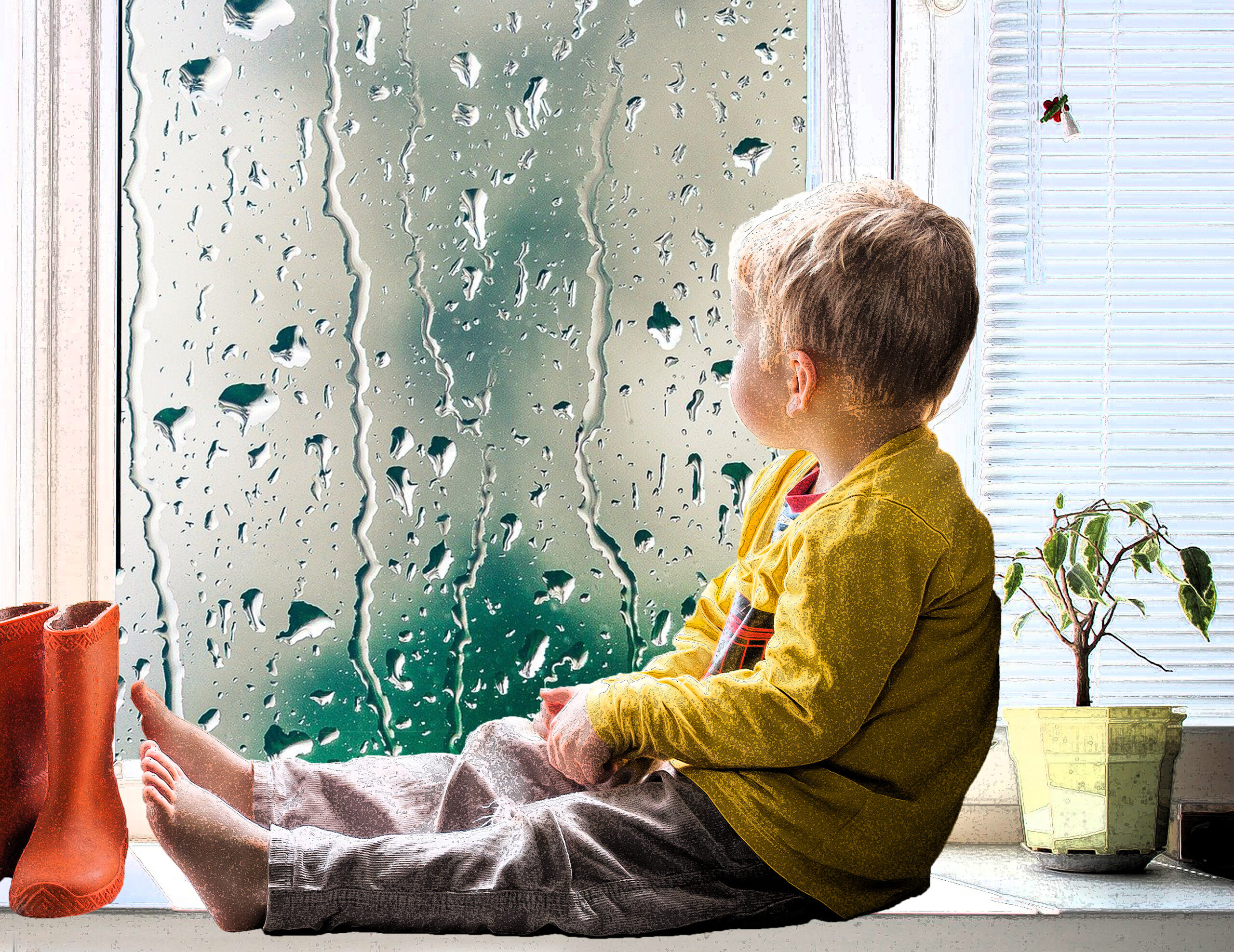Guide
for parents
Adolescents and children, who carry a deep sadness within themselves, usually do not become easily and quickly noticeable to their parents and the wider environment.

Added to this is the fact that there is not one depression and the symptoms can always be different. “Fortunately,” however, there are special warning signs that can often be observed and used as a guide.
- Hobbies or other age-specific activities are neglected or completely put aside.
- Performance at school deteriorates strongly and persistently.
- Behaviour changes significantly, and with time also appearance. Personal hygiene is neglected.

- Withdrawal from the family, but also isolation from peers. Running away from home should also be noted here.
- Excessive consumption of alcohol and drugs.
Should problems arise, a calm and trusting conversation with the child or adolescent should definitely be held. It is important that it does not look like an “attack”. This often quickly leads to defiance or further withdrawal, because these can also be symptoms of depression. Nevertheless, the conversation must take place. And there should be no false illusions: Only in rare cases will the individual say during or at the end of the conversation: “I am depressed and need help”. It is rather a long process.
Nonetheless, a trusting conversation at least provides clues as to whether or not depression is present. If these indications increase, professional help must be sought at any rate. Only professionals can clarify and diagnose whether a depressive disorder is present or not.
Assessing symptoms correctly is not so easy. Nevertheless, the do-it-yourself checklist can certainly help.


